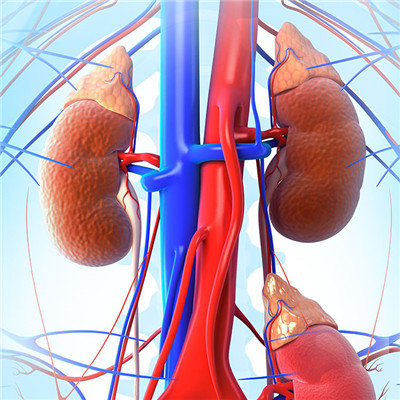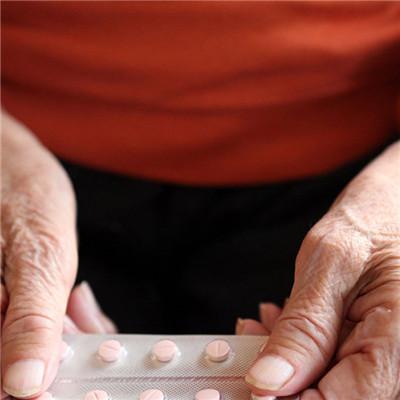Clinical symptoms of arterial embolism?
summary
Arterial embolism refers to blood clots or foreign bodies into the blood vessels become emboli, with the blood flow stopped in the smaller caliber of the peripheral artery or visceral artery, resulting in blood flow disorders. In addition, tumor, air, fat and other foreign bodies may also become emboli. Thrombosis was the most common. 90% of thrombus comes from the heart, which is common in rheumatic heart disease, atrial fibrillation and myocardial infarction. Clinical symptoms of arterial embolism? Let's talk about it
Clinical symptoms of arterial embolism?
The severity of symptoms is closely related to the speed of disease progression and the number of collateral circulation. The early symptoms were intermittent claudication and the pulsation of the distal artery weakened or disappeared, such as the lesion located in the abdominal aorta iliac artery.

Pain can occur in the lower waist, buttocks, iliac, thigh back or calf gastrocnemius. Sometimes with impotence; The lesions were located in the femoral popliteal artery. Pain occurs in the calf muscles.

In chronic limb ischemia, skin atrophy, thinning, brightening, osteoporosis, muscle atrophy, hair loss, nail thickening and deformation. In the later stage, there may be resting pain, skin temperature significantly decreased, cyanosis, gangrene and ulcer in the distal limb.

matters needing attention
The patient was absolutely bedridden, with his head high and his feet low, so that his lower limbs were lower than the heart level. At the same time, the changes of skin color, skin temperature, pulse fluctuation and vital signs were closely observed.













